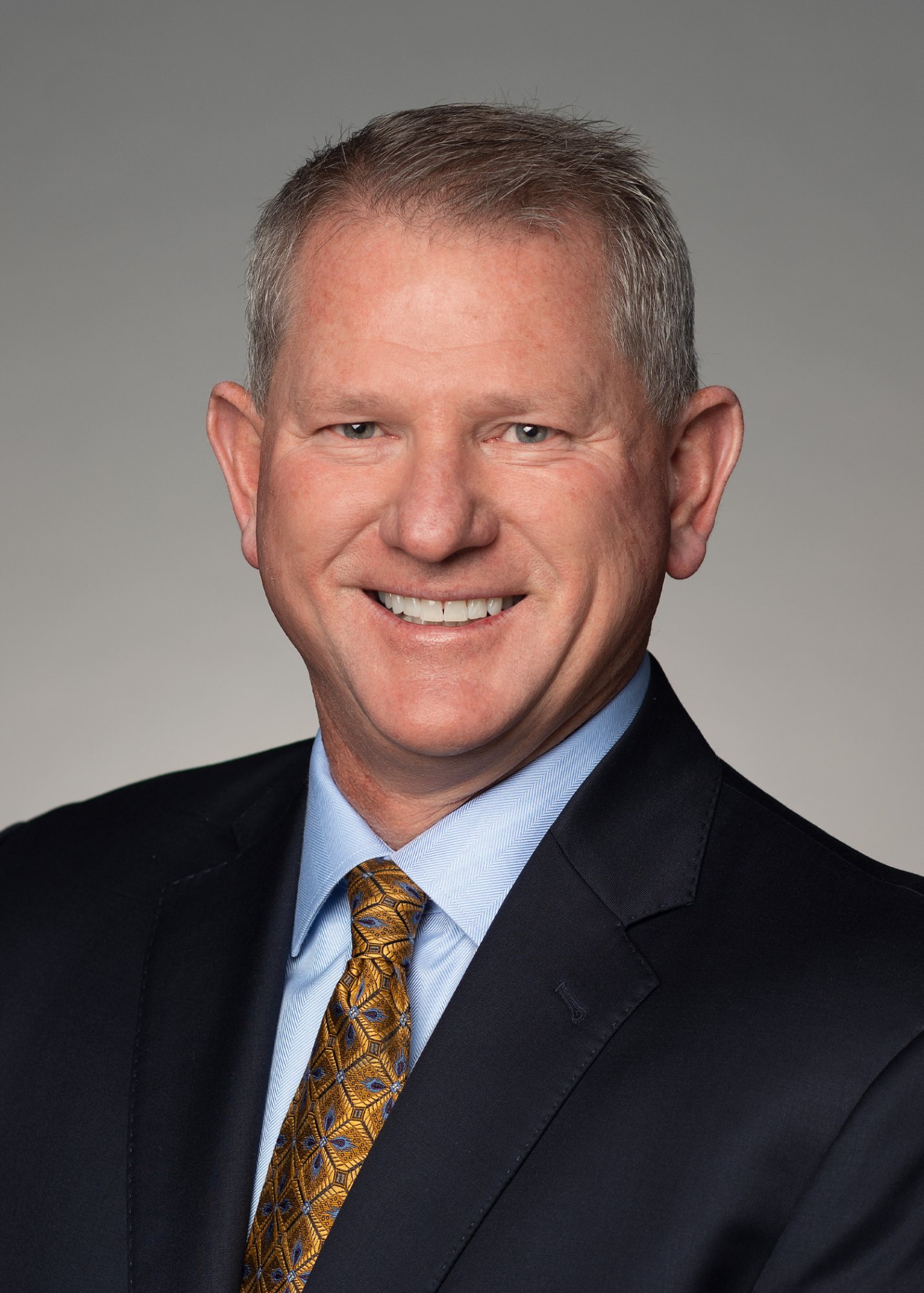Rural Health Transformation Program: Implications and opportunities
H.R. 1, commonly known as the One Big Beautiful Bill Act (OBBBA), includes many provisions that impact health care funding. Notable among them is the allocation of $50 billion over five years for the new Rural Health Transformation Program (RHTP), which is intended to help mitigate the impact of reductions to federal Medicaid funding and tighter beneficiary eligibility constraints on rural hospitals and other providers. The RHTP is touted as an opportunity to make rural health care “more effective and sustainable.”1
Investment in rural health care is long overdue, given the shifts in demographics and insurance coverage that have challenged delivery systems in many rural communities. Rural providers should work closely with state elected officials, state agencies responsible for the program, provider associations, and trusted advisors to secure participation in this funding and the initiatives it supports.
However, providers should understand that RHTP funds may not fully offset the anticipated reductions in Medicaid funding and exchange revenue related to other OBBBA provisions, partly because states may choose to use the funds for purposes other than providing payment support to rural providers. With this in mind, providers should approach anticipated RHTP funding as just one part of a long-term plan for financial sustainability.
Below, we explore details of the RHTP and strategies for helping rural providers take advantage of its opportunities.
How will RHTP funds be allocated?
The RHTP provides $50 billion allocated evenly over federal fiscal years 2026 through 2030. States are not required to provide matching funds to receive an allocation from the allotment. However, states are not permitted to use the funds received from the RHTP to finance the non-federal share of Medicaid.
While $50 billion over five years is a significant investment in rural health care, the Kaiser Family Foundation projects that rural areas will lose $137 billion in federal Medicaid funding over 10 years.2 Therefore, the fund is not expected to fully account for the reduced Medicaid dollars for many rural providers.
The funding is available to the 50 states via a one-time application that CMS must approve. Half of the $10 billion annual allotment will be allocated to states evenly. Assuming all 50 states apply and are accepted, each state will receive $100 million per year for five years from this portion of the distribution.
The other half will be distributed based on a statutory formula that CMS has not yet publicly announced. The OBBBA instructs the CMS administrator to consider the following factors when allocating the variable funding:
- Percentage of the state’s population that lives in a rural area
- Proportion of rural health facilities in the state relative to the number nationwide
- “Situation” of Medicaid disproportionate share hospitals in the state
- Other factors as determined appropriate by the administrator
For purposes of the allocation formula, the statute defines rural health facilities as the following:
- Prospective payment system hospitals located in a rural area, treated as being located in a rural area, or located in a rural census tract of a metropolitan statistical area (MSA)
- Critical access hospitals
- Sole community hospitals
- Medicare-dependent, small rural hospitals
- Low-volume hospitals
- Rural emergency hospitals
- Rural health clinics
- Federally qualified health centers
- Community mental health centers
- Opioid treatment programs (located in a rural census tract of an MSA)
- Certified community behavioral health clinics (located in a rural census tract of an MSA)
The law requires that at least one quarter of states receive funding from the variable portion of funds distributed based on the formula described above. However, it’s possible that not every state that successfully applies will receive funding from this portion.
How can states apply for RHTP funds?
States must submit a one-time application for the funding. States will have a narrow window to apply, as the statute requires the CMS administrator to approve or deny all applications by Dec. 31, 2025. According to the statute, states will need to outline a detailed rural health transformation plan to:
- Improve access to hospitals, other health care providers, and health care items and services furnished to rural residents
- Improve health care outcomes of rural residents
- Prioritize the use of new and emerging technologies that emphasize prevention and chronic disease management
- Initiate, foster, and strengthen local and regional strategic partnerships between rural hospitals and other health care providers to promote measurable quality improvement, increase financial stability, maximize economies of scale, and share best practices in care delivery
- Enhance economic opportunity for and supply of health care clinicians through enhanced recruitment and training
- Prioritize data- and technology-driven solutions that help rural hospitals and other rural providers furnish high-quality health care services as close to a patient’s home as possible
- Outline strategies to manage long-term financial solvency and operating models of rural hospitals in the state
- Identify specific causes driving the accelerating rate of standalone rural hospitals becoming at risk of closure, conversion, or service reduction
How can RHTP funds be used?
If a state’s application is approved, it will be eligible for funding for the full five years. According to the statute, states are required to use any funds received for at least three of the following activities:
- Promoting evidence-based, measurable interventions to improve prevention and chronic disease management
- Providing payments to health care providers for the provision of health care items or services, as specified by the CMS administrator
- Promoting consumer-facing, technology-driven solutions for the prevention and management of chronic diseases
- Providing training and technical assistance for the development and adoption of technology-enabled solutions that improve care delivery in rural hospitals, including remote monitoring, robotics, artificial intelligence, and other advanced technologies
- Recruiting and retaining clinical workforce talent to rural areas, with commitments to serve rural communities for a minimum of five years
- Providing technical assistance, software, and hardware for significant information technology advances designed to improve efficiency, enhance cybersecurity capability development, and improve patient health outcomes
- Assisting rural communities to rightsize their health care delivery systems by identifying needed preventative, ambulatory, pre-hospital, emergency, acute inpatient care, outpatient care, and post-acute care service lines
- Supporting access to opioid use disorder treatment services, other substance use disorder treatment services, and mental health services
- Developing projects that support innovative models of care that include value-based care arrangements and alternative payment models
- Additional uses designed to promote sustainable access to high quality rural health care services, as determined by the CMS administrator
States may not use more than 10 percent of the funding on administrative costs.
How should providers navigate RHTP and other OBBBA provisions?
There is considerable uncertainty around how much funding a given state will receive, which providers will receive the funds, and how states will allow recipients to use them. Providers should work closely with their state governments, associations, and trusted advisors to resolve this uncertainty as quickly as possible and secure RHTP funding.
However, it’s important to remember that RHTP funding is only projected to offset 37 percent of the OBBBA’s $137 billion reduction to rural federal Medicaid funding over a 10-year period. Our Healthcare Market Point of View provides a framework that supports achieving health for providers and those they serve. This includes honing core capabilities to help providers close the gap between RHTP funding and the reduction in federal Medicaid funding. Specifically, providers should focus on:
Strategic agility: Calibrating strategic direction as conditions demand and opportunities present. Key considerations include:
- Revisit strategic plans: Providers should revisit their strategic plans to determine where there may be alignment between allowable uses for RHTP funding and needed investments to achieve long-term goals.
Aligned growth: Pursuing strategic investments, integration activity, and partnerships across the health care value chain. Key considerations include:
- Integration opportunities: One required element of a state’s rural health transformation plan focuses on strengthening “local and regional strategic partnerships between rural hospitals and other health care providers.”
- Value-based care: States may choose to use RHTP funds to implement or deploy value-based care models in rural areas. If a state chooses to use funding for this purpose, providers should begin to evaluate potential partners in risk-based models and the data and infrastructure necessary to succeed.
Talent optimization: Building exceptional teams and equipping them to succeed in executing mission-aligned business and care delivery models. Key considerations include:
- Workforce alignment: States may choose to use RHTP funding to support recruiting and retaining clinical workforce talent in rural areas. This may create increased opportunities for physician enterprises to align staffing to improve outcomes and efficiency.
Financial discipline: Generating the margins necessary to thrive by securing and maintaining market relevance. Given that the RHTP will not fully offset the projected decrease in federal Medicaid funding, health care organizations should evaluate the following areas to support long-term financial sustainability:
- Cost structure efficiency: Continue to seek performance improvement opportunities in labor and non-labor cost areas.
- Negotiated managed care rates: Utilize available price transparency data to benchmark negotiated rates relative to competitors to understand rate improvement opportunities.
- Revenue cycle excellence: In addition to reducing denials and leakage to realize contracted rates, providers should help individuals retain Medicaid coverage when possible and connect those who lose Medicaid with other sources of coverage or financial assistance.
Regulatory excellence: Understanding the rapidly evolving regulatory environment and acting strategically within it. As organizations attempt to mitigate the impact of reduced Medicaid funding, they should evaluate:
- Medicare Advantage (MA): To help navigate revenue cycle challenges, providers should review their portfolio of MA contracts to determine if the relationships continue to meet their strategic objectives and yield reimbursement at acceptable rates and under fair terms.
- Traditional Medicare: Given the anticipated loss of Medicaid coverage and increase in the uninsured, hospitals need to capture all Medicaid days for disproportionate share hospital (DSH) and 340B eligibility (if applicable). Hospitals with access to 340B may need to consider additional strategies to remain eligible and monitor eligibility requirements.
- In addition to DSH, hospitals should explore strategies related to other Medicare reimbursement provisions, including bad debts, wage index, and IME/GME funding. The OBBBA bases state-directed payments on the “specified total published Medicare payment rate” for services. While CMS needs to clarify what this means, efforts to improve the accuracy of allowable Medicare add-on payments could help increase Medicaid state-directed payments.
NRHA adapted the above piece from Forvis Mazars, a trusted NRHA partner, for publication within the Association’s Rural Health Voices blog.
 | About the author: Joe Watt has served the health care industry since 1991 and is the regional health care industry leader at Forvis Mazars. He provides audit, Medicare/Medicaid consulting, and corporate integrity services to hospitals, physicians, and long-term care facilities. Joe leads compliance program development and serves as an independent reviewer for OIG and DOJ audits. He frequently presents at national conferences, including HFMA and NRHA. |
 | About the author: Chad Mulvany is a director in Forvis Mazars’ health care consulting practice with 24 years of experience advising hospital and health system executives on federal regulatory and legislative changes. He specializes in how public policy impacts reimbursement, revenue cycle, and value-based care strategies. Chad has led federal finance policy development for national and state health associations and supported clients with cost reports, bundled payment programs, and Medicare ACO creation. |
